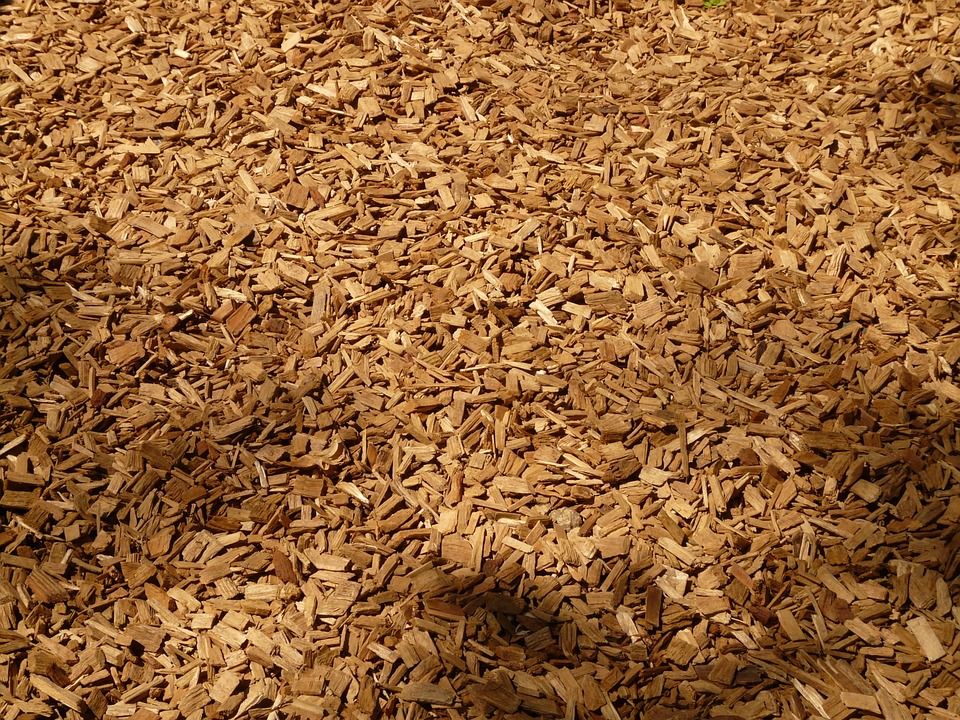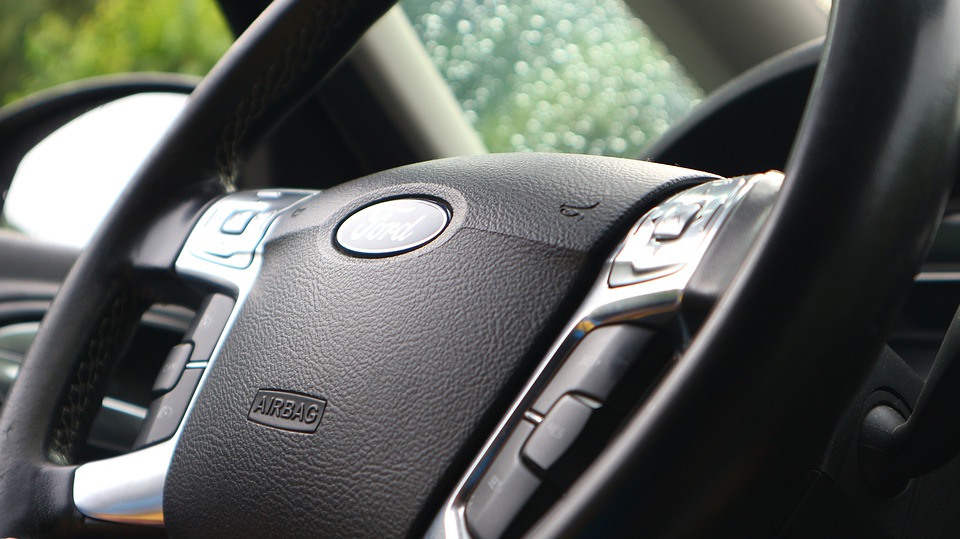To achieve the proposed objectives, the following actions have been foreseen until the end of 2022

A1. Logistic for the collection, transport and storage of olive pruning.
A previous analysis step focused on the design of a business model which proves the exact time for collection, place/s from where to take the pruning and transportation to the appropriate collecting place. Analysis of the maximum storage time and logistic for transportation to pre-treatment site.
B1. Material selection and bio composites development.
Evaluate and select which material, either thermoplastic (PLA, recyclable PP) or length of fiber, is the most appropriate for each application range in terms of their properties. Pre-treatment of the raw materials. Development of 8 bio composites at lab scale.
B2. Scale up to demonstrator necessities.
Redesign of the chemical treatment reactor, scaling up of the effective chemical treatment olive fiber. Production of a battery of best bio composites developed in the action B1.
B3. Prototyping demonstrator phase.
Analyse the requirements of the different demonstrator prototypes. Design of the prototyping demonstrators and simulation activities to optimize the injection prototyping process. Development of the specific prototypes based on COMP0LIVE composite selected in each industrial case.
B4. Industrial Validation of prototyping demonstrators.
Validate the developed demonstrators in terms of mechanical/thermal/degradation/other properties, which will depend on the specific requirements previously detected in every industrial case.
B5. Replicability or transferability.
Definition of Plan After life to carry out a procedure to assess the replication and transferability of the use of the bio-based material in automotive, house an urban furniture application, by developing a credible business plan.
C. Monitoring of the impact of the project.
The analysis of the impact will be based on two different issues. One of them related to the environmental aspect (LCA) and the other one regarding the socioeconomic value achieved due to the high potential of the bio composites in each industrial case. Emission related to the transport of biomass will be considered as a new input.
D. Public awareness and dissemination of results.
The obtained results during the different phases along the project will be spread in conferences and whorkshops in the partner consortium capabilities. The results will also be announced in several social media of polymer/bio-based industrial sector and olive oil sector and auxiliary industry.

